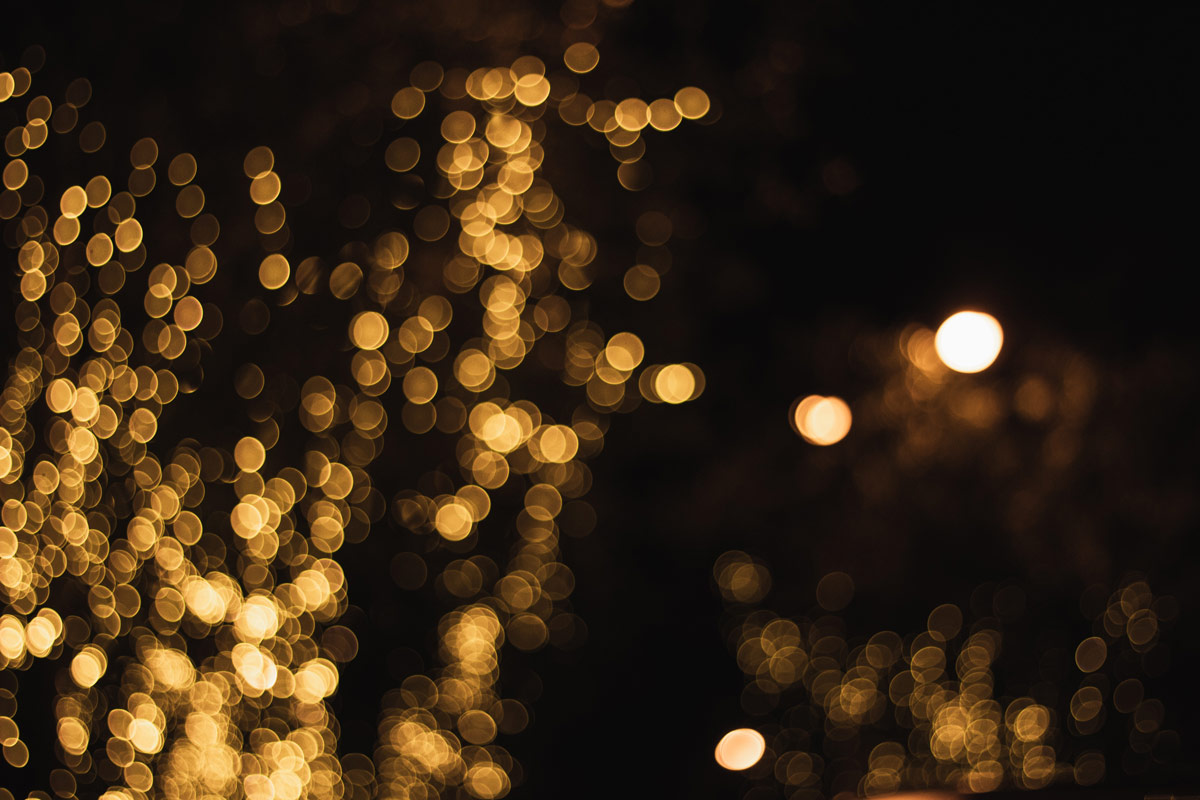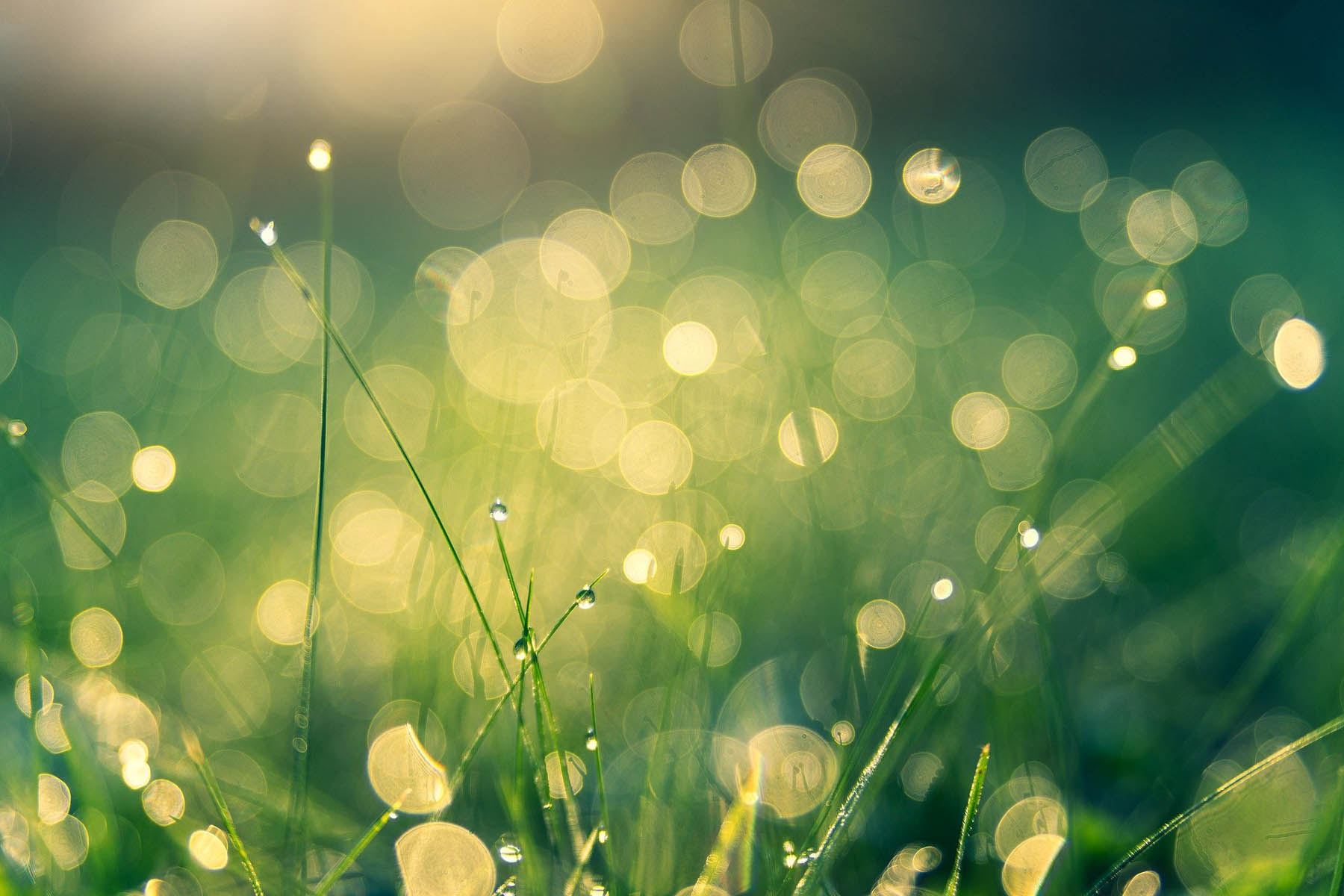Tips on Bokeh
Bokeh – the word derives from the Japanese language which means blur. It is one of the most popular subjects in photography. It is the quality of out of focus came from the lens not from the camera. The shallow depth of field in the background or foreground of a subject makes the picture more appealing, attractive and smart.

It is rendered by lenses and produce different pattern due to unique optical designs. Generally, the fast lenses like f/2, f/1.8, f/1.4 creates superb bokeh than other lenses like Nikon 18-135mm f/3.5-5.6G DX.
All lenses can create a background blur but rendering a beautiful bokeh needs a fast lens.
Try this:
Focus on an object from a very close distance (as close as the lens will allow). Make sure that there are no objects at least 5-6 feet behind it. Camera on the same level as the object itself, so that you are not looking down on it. Do not use a plain wall as your background. Try to find a colorful background, preferably with some lights on it. A Christmas tree is a perfect background for a test.
Once you find a good test subject with a suitable background, set your camera to “Aperture Priority” mode. Then set aperture to the lowest number. On most consumer zoom lenses, the lowest aperture is typically f/3.5. On professional zoom lenses, it can be between f/1.2 and f/2.8. Once the aperture is set to the lowest value, take a picture of your subject. Have a look at the rear LCD of your camera.

The subject should be in focus, while the background is blurred. If you have a good lens, the bokeh should be soft and fuzzy. It looks pleasing to the eye as shown in the example above. The circular reflections should be round and soft, with no hard edges.
Lenses
There are many lenses that create great-looking bokeh. Most fast prime lenses with round-blade apertures such as Nikon 85mm f/1.4D or Canon 85mm f/1.2II USM create exceptionally good-looking bokeh. The lower-cost version of the same lens – Nikon 85mm f/1.8D and Canon 85mm f/1.8 USM also produce beautiful bokeh. One of my favorite lenses for beautiful bokeh is the Nikon 50mm f/1.4G. But be careful about the older Nikon 50mm f/1.4D or the 50mm f/1.8D, since they both produce heptagon-shaped.
You can create it in the postproduction time too.
Mr. Nitin Arya, member of Storyteller shares a tutorial for creating bokeh using photoshop step by step. Please have a look on the video.
Happy Clicking, Happy Sharing !!!
You may like the latest article on Bokeh Photography.
